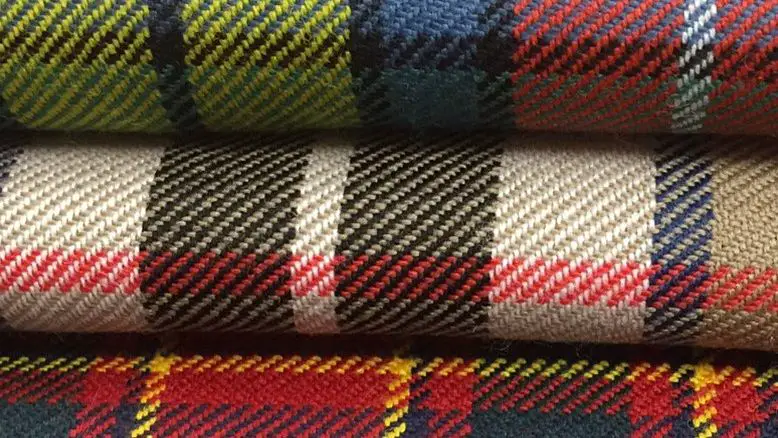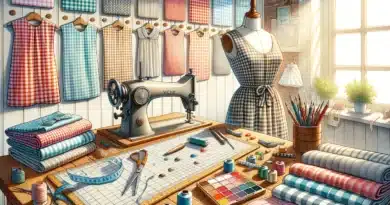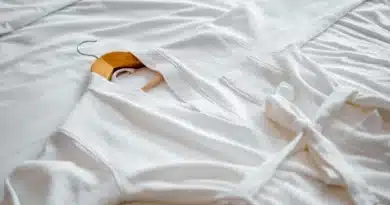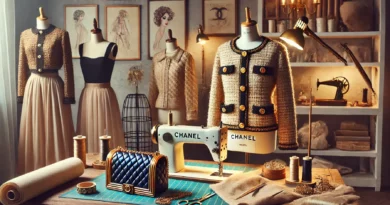All about Tartan
You’ve heard of tartan! It’s commonly known as “Scottish fabric”, and is certainly one of the most characteristic fabrics of its country of origin.
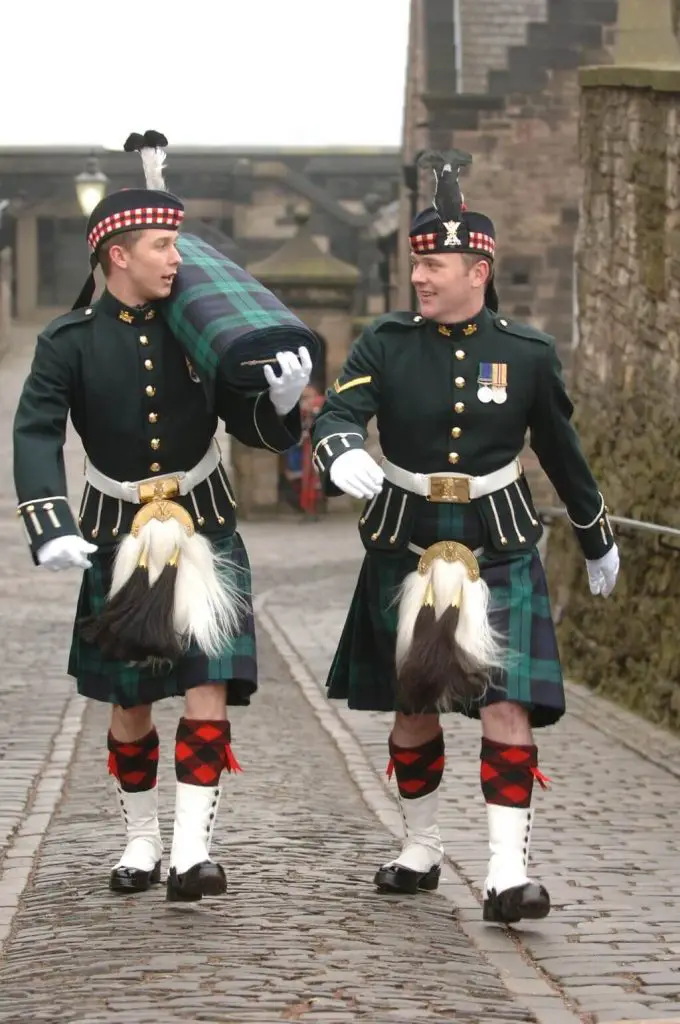
Traditionally made exclusively of wool, tartan is now found in prints and weaves on almost every available material: cotton, polyester, silk, linen…
The pattern has been around for at least 5500 years. But it was the Celts who used it to differentiate the inhabitants of different districts. The number of colors in a tartan depends on the rank of the wearer:
1 color: servant
2 colors: peasant
3 colors: officer
5 colors: chief
6 colors: druid
7 colors : King
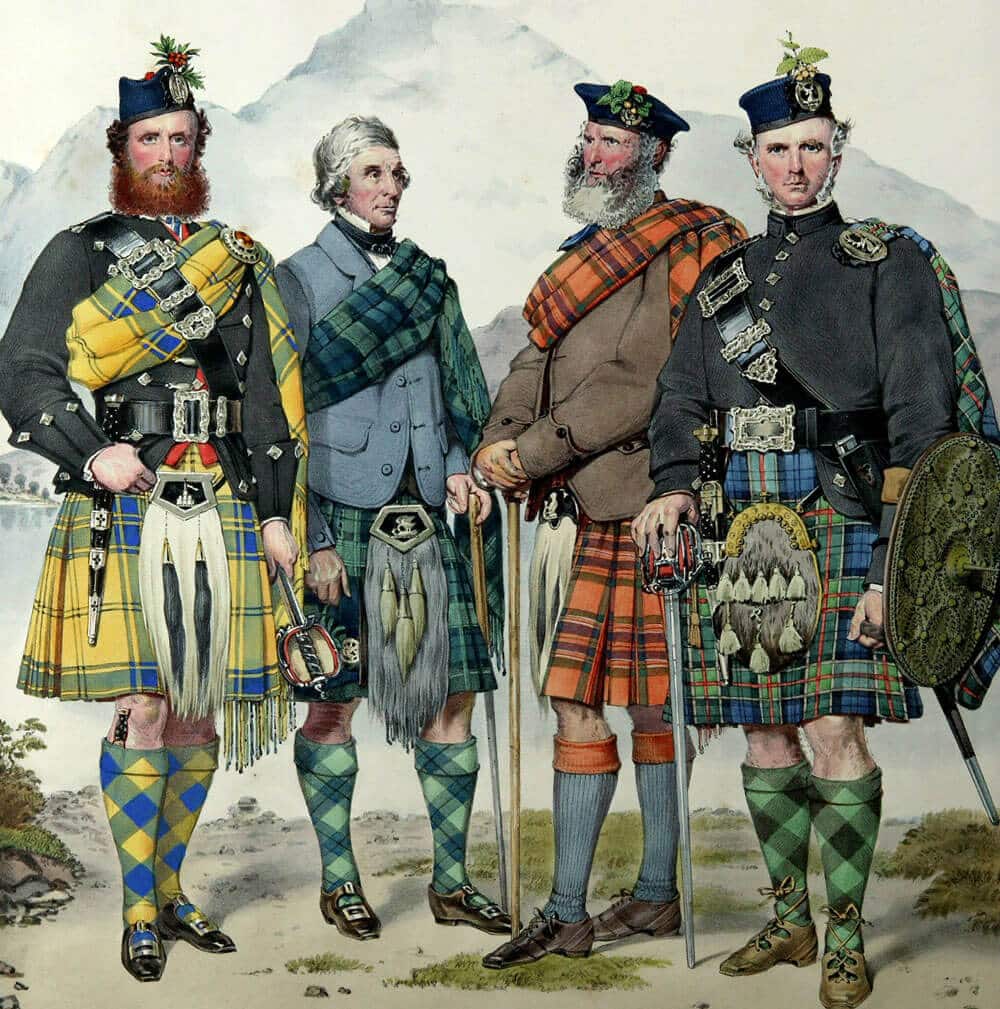
Now that you know that, you’ll understand that back in the day, tartans were no laughing matter! One wrong color or too many, and you’d end up at the stake!
It was out of the question to go into the local haberdashery and choose a fabric “because it goes well with my complexion” to make a kilt!
From the 19th century onwards, the motif became a clan emblem. Eventually, the big district families appropriated the patterns, so that you could tell whose was whose simply by looking at the clothing.
How is it made?
The tartan pattern (when it’s not simply printed) is a mixture of yarns of different colors.
Each warp thread (the length of the fabric) crosses each weft thread (the width of the fabric). If both threads are the same color, then the color will be solid. If the threads are of different colors, then a third color is created.
Mathematically, the more colors you start with, the more variegated the pattern.
As tartan is a symmetrical pattern, its manufacture is governed by a sequence of thread colors. Non-symmetrical tartans can sometimes be produced, but this is not the norm.
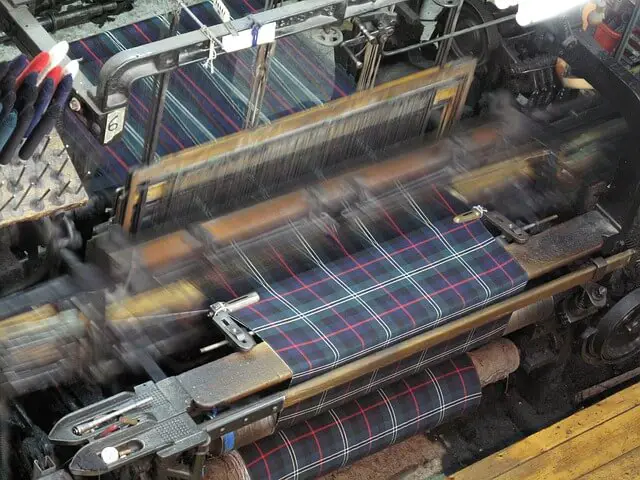
Let’s say you want to have your own tartan made, here’s how to describe the sequence of yarns and colors to be used by the weaver. Each color is symbolized by a letter (K for black, B for blue, T for beige/camel, W for white, G for green, Y for yellow…).
Burberry sequence is as follows: K16 W16 K16 T56 R8.
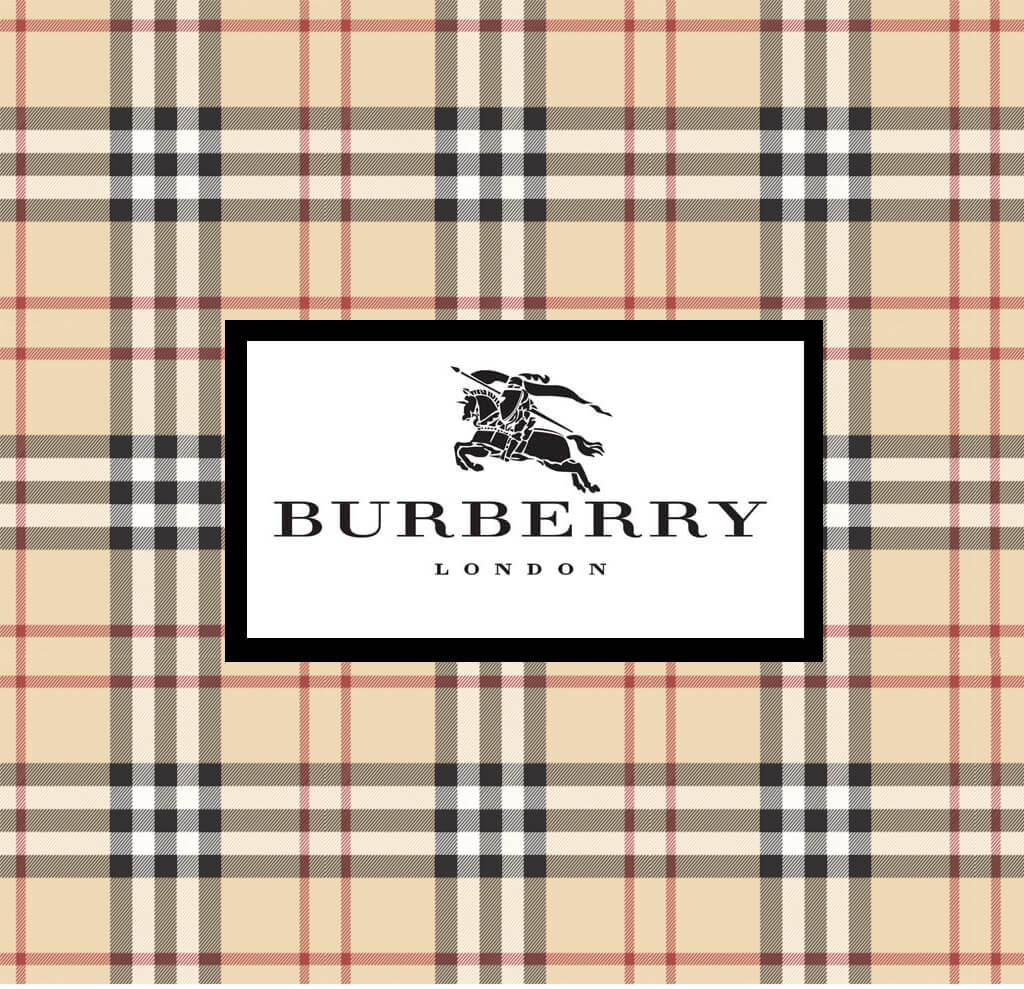
The McLeod clan pattern is K16 Y2 K16 Y24 R2.
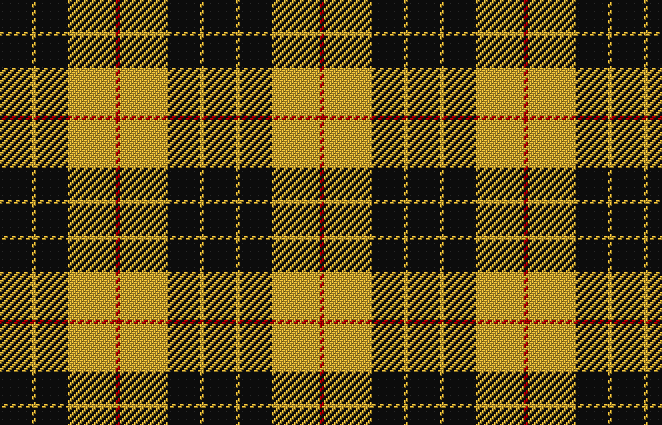
And if you feel like making your own pattern, there’s a simulator to see what it will look like!
Here are the colors of MY tartan:
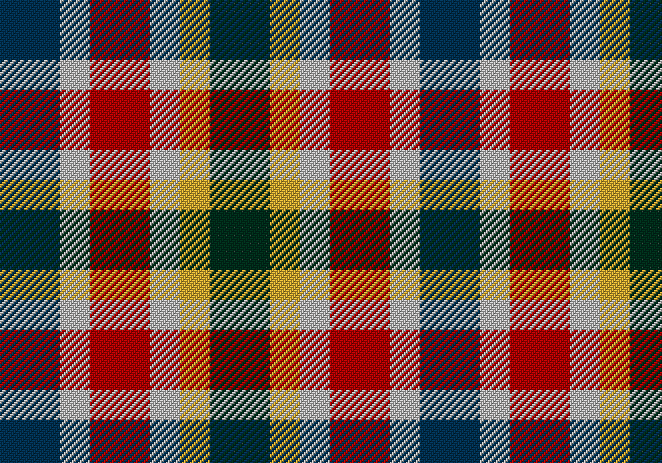
What’s tartan for?
As we’ve seen, this pattern was originally used to distinguish members of the same village or family. But today, its use is far less sectarian!
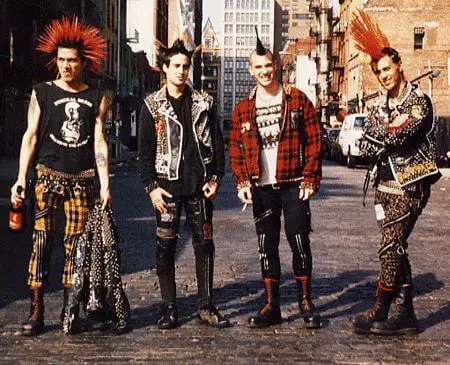
Already used by the punk movement in the 70s, tartan is now back in fashion by top designers such as Alexander McQueen and Yves Saint Laurent.
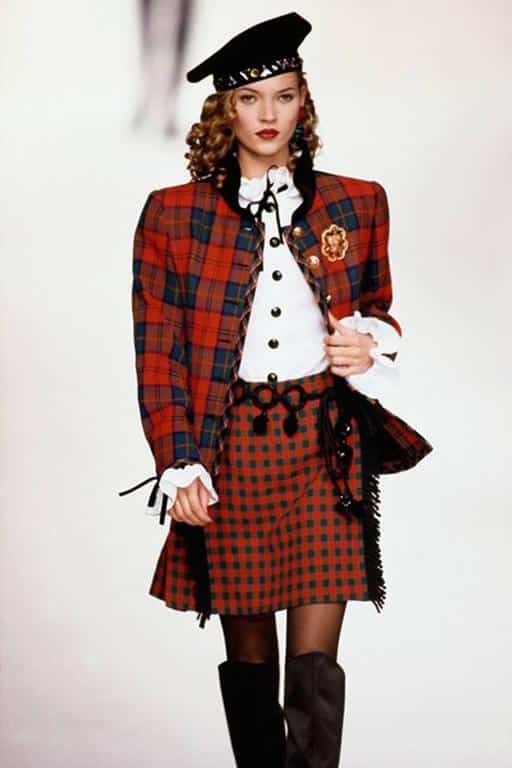
For us mere mortals, tartan should be used sparingly. A total look is hard to pull off! But mixing it with plain pieces is a good choice.
Tartan is ideal for sewing on a jacket/coat, a pair of pants, or simply an accessory to give your outfit a boost. A tie for a man or a small handbag.
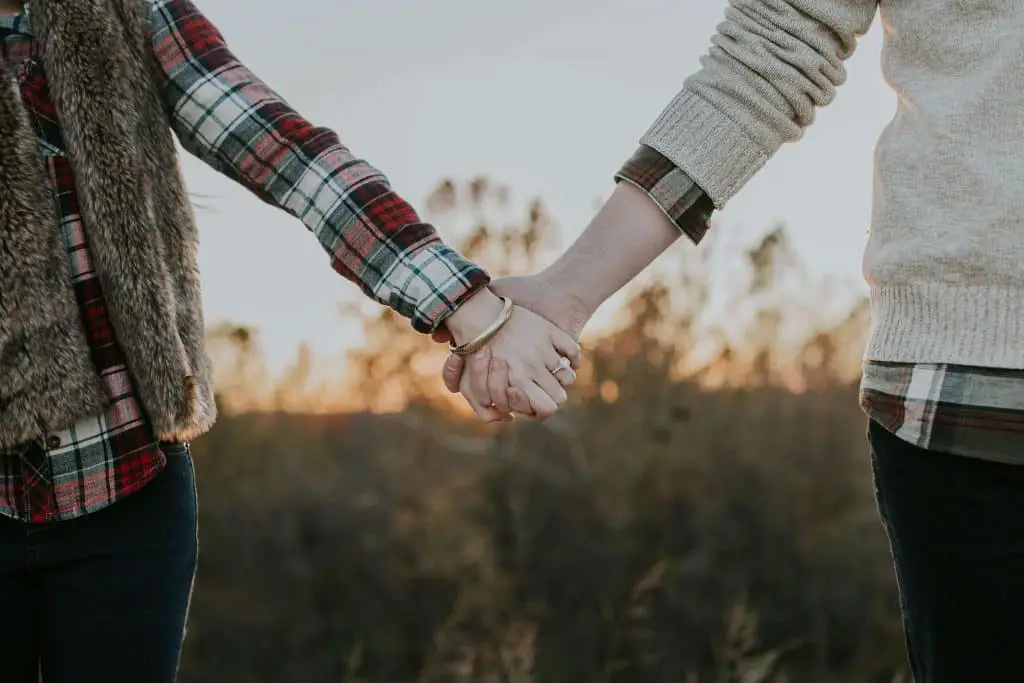
For sewing, the choice of stitch and needle to use will depend on the material and weave of your fabric.
For an original tartan, i.e. a woven wool tartan, use a straight stitch and a standard 90 or 100 gauge needle.
Be careful, however, with the seams! This is the main problem with plaid. It’s best when the lines are connected. As a result, perfect alignment of the different pieces of a pattern may require more fabric than for a plain fabric. That’s something to bear in mind!
What about you? Are you planning to go British and wear a bit of tartan?

